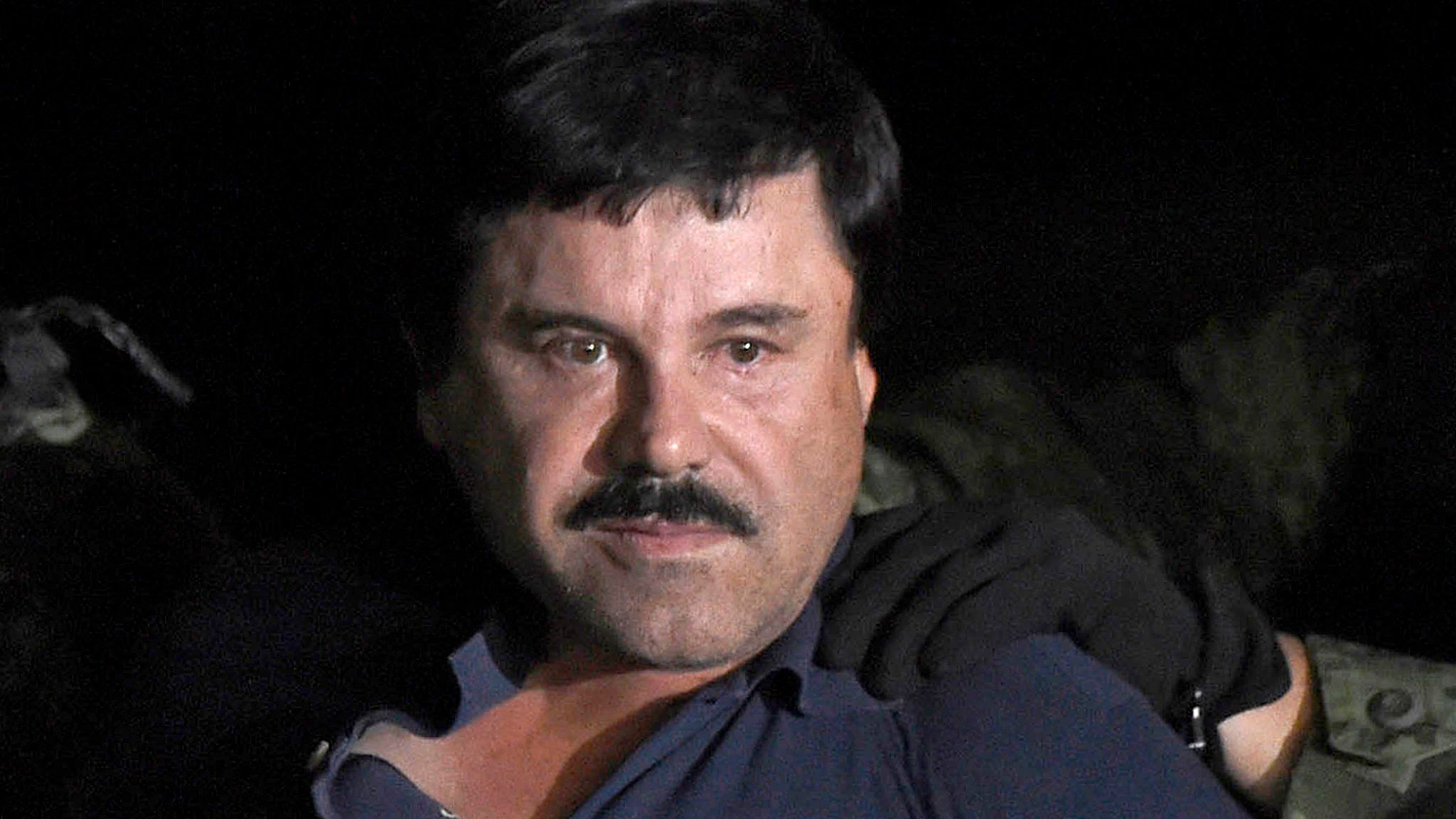The World Bank has warned Kenya over the risks involved in borrowing expensive loans. Many African countries are on a commercial loans borrowing spree and World Bank warn of possible repayment difficulties.
The World Bank Vice-President for Africa Hafez Ghanem indicated that Kenya’s debt level has not yet reached a tipping point but raises concerns over low-yielding investments that do not generate enough tax revenue to repay the loans.
“If a country wants to avoid a debt crisis, you need to make sure that the cost of borrowing is lower than the return on investment.” Hafez said.
Non-development financing
The World Bank advanced Kenya Ksh75 billion ($732 million) for this year’s budget support, marking the first time that the Treasury has turned to the lender to seek non-development project financing.
Kenya’s public debt has risen rapidly in the past six years to the current total of more than Ksh5.4 trillion ($52.7 billion), equivalent to nearly 60 per cent of the gross domestic product (GDP).
The country owed the World Bank about Ksh548.5 billion ($5 billion) as at January, while Chinese loans totalled Ksh620.6 billion ($6 billion) in the same month.
The loans have been spent on projects such as energy, roads and the Chinese-funded Standard Gauge Railway (SGR) that has so far cost about Ksh477 billion ($4 billion) but is criticised for contributing little to the economy.
Kenya has in recent times borrowed expensive commercial loans such as the Ksh25 billion ($250 million) syndicated loans signed in January with the Eastern and Southern African Trade Development Bank at a cost of the six-month London Inter-Bank Offered Rate (Libor) plus a margin of seven per cent.
The six-month Libor was about 2.8 percent at the time, indicating total repayment cost of nearly 10 percent.
Another recent expensive debt is the Ksh125 billion ($1.25 billion) loan signed in February at a cost of the six-month libor plua s 6.95 per cent margin.
Kenya has in recent years also taken several Eurobonds, which are priced at commercial rates.
The Ksh76.4 billion ($700 million) debut Eurobond retired last month, for example, cost taxpayers Ksh22.5 billion ($200 million) in total or an equivalent of nearly 30 per cent of the initial amount.
“The question is not how much debt you have, but what uses have you put this money to and what rates of return are you getting,” said Dr Ghanem.
“We in Africa need to look at this issue carefully and we need to make sure that we have debt strategies that are careful.”
The World Bank boss also challenged African countries to review their investment strategies to align loan-funded projects with the cost of borrowing.
Kenya, he says, needs to find a funding balance to repay the loans and finance development projects without resulting to cutting critical expenditure on education, health, social protections and security.
“Kenya’s revenue to GDP is around 15 percent, which is better than many countries but is way too low to meet the development objectives of the country,” he said, suggesting that he would be recommending to Kenya to “improve resource mobilisation” – a byword for more taxation – rather than a reduction in spending on social services.
In the June 13 Budget, Treasury Secretary Henry Rotich said he would set aside money for 100 per cent transition from primary to secondary school besides funding cash transfers and health cover for the elderly.
The government has also signalled its intention to offer Universal Health Coverage (UHC) through the National Hospital Insurance Fund besides building affordable homes.
Already, Kenyans are paying graduated premiums for health insurance while a case on whether they should pay another 1.5 per cent of their earnings to fund the affordable homes programme is pending in court.
The Kenya Revenue Authority has in recent years aggressively sought to expand the tax base but only about four million Kenyans had filed their tax returns by June out of a population of more than 45 million.
The taxman had collected Ksh1.16 trillion ($11.3 billion) revenue as at April, out of a full-year target of Ksh1.605 trillion ($15.5 billion).
The low tax base has seen the Treasury grapple with a debt to revenue ratio of 54.74 per cent, meaning more than half of the revenue collected is spent on repaying public debt
Kenyan Business Feed is the top Kenyan Business Blog. We share news from Kenya and across the region. To contact us with any alert, please email us to [email protected]











